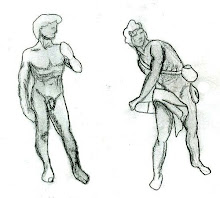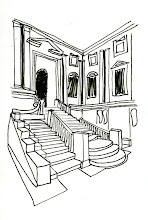Cloyne Court Hotel (Berkeley, California)


- Student housing Coop located on the University of California at Berkeley
- Opened 1904 by John Galen Howard
- Originally designed with 32 suites, each with its own stairway
- Fireproof walls and doors, which allowed the hotel to house refugees from the 1923 Berkeley fire
- Was owned as a hotel by James and Margaret Pierce for 42 years
- Used by university professors at one time
- 1946-USCA (University Students Cooperative Association) bought the house
- 1972-62 female students moved in making it Co-ed
- 1976-renovations allowed it to house 151 students
- Called the "Animal House" because of parties and drug use
- National Historic register #92001718


Community aspects:
- 14 balconies overlook the courtyard, which allows residents to interact outside of private space
- Went from a hotel to a home for faculty and their families to a student coop
- Rivalries with surrounding fraternities (Beta Theta Pi)
- Muraled walls created by members
- Members promote individualism and self-expression
- Hold community service days
- Members of the Coop manage the community collectively
- The "U" shape structure encloses the residents from the rest of the campus
- Hold shows and concerts the bring the community together

Sources:
Carolina Theatre-Greensboro (Greensboro, NC)

- Opened 1927 as a 2,200 vaudeville theater
- At the time, considered to be the best between D.C. and Atlanta
- Holds films, performances, musicians, ballet, seminars, meetings, receptions and other public events
- On the National Resister of Historic Places
- popularity started to diminish in the 1960's due to suburban theaters
- United Arts Council raised money multiple times to keep the structure alive


Community Aspects:
- Interior designed in Greek fashion to give a fantastical experience
- Cost is affordable bringing people from all walks of life together
- "Going to the theater signifies participation in social life of the city" (Associates, 24)
- People arrive early and stay late in order to socialize, snack, and observe
- Builds up the neighborhood by bringing people to nearby businesses
- During the silent era, the audience would have sing-alongs
- Attracts 65,000 people downtown each year
- Exterior lighting-"At night provides unexpected warmth, a welcome haven in the dark city" (Specter Chapter 7)
- Stadium, balcony, and orchestra seating allows everyone to a good view, unifying the audience

Sources:
Pen Pals: Ino Loloci, Meghan Kaufmann









No comments:
Post a Comment